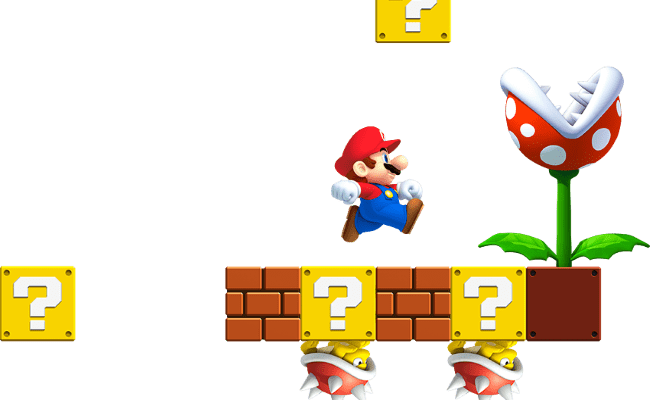Last week it was announced that Nintendo has begun distributing the software kit for their next console, the Nintendo NX, and that it is on track to ship as “early as next year.” If early reports are to be believed, this new console will be a graphical powerhouse. Surpassing the PS4 and Xbox One’s impressive technical specs.
If this new console feels a bit premature, that’s because it is. The Wii U was released in 2012 and a 2016 release would put only four years between the two consoles. Compared to the eight years between the Xbox 360 and the Xbox One, the seven years between the Playsation 3 and the Playstation 4, and the six years between the Wii and the Wii U that doesn’t seem like much. It appears as if Nintendo is jumping the gun a little bit or is at least giving up on the Wii U, which has been largely regarded as a commercial failure. To be fair, Nintendo’s releases have been much more frequent than other console developers. Since 1985 when the NES released in America, a Nintendo console has come out at least every six years, with only five years between the Super Nintendo, Nintendo 64, Gamecube, and Wii. One could argue that the Wii U was released late based on this schedule and that the “Nintendo NX” will be right on time.
It may be a little early to write an obituary for the ill-fated console, but in its short life the Wii U has been an impressive critical success. Nintendo has released quite a number of fantastic games in its short lifespan, including Super Mario Maker, Mario Kart 8, Super Smash Bros, Bayonetta 2, Splatoon, Nintendoland and Super Mario 3D World. Many of these games are great because they are able to bridge the difficult gap between the casual playstyle of the Wii and its games and the more competitive, serious nature of games usually represented on the Xbox and Playstation. While the console lacks any “killer app,” many games based on unique ideas, like Splatoon and Bayonetta 2, look like new blood in a company that has been accused of lacking freshness for over a decade. The Wii U is also Nintendo’s first true jump into online gaming, with Super Mario Maker being the first Nintendo game to need an online connection to enjoy.
Despite the games being there, the sales certainly have not, especially when comparing the Wii U to its predecessor, the Wii, which “won” the previous generation’s console war with a staggering 100 million units sold. As of the time of this writing, the Wii U has only sold a tenth of that and its sales represent only a fifth of what the Wii had sold by this time in its life cycle. This should have been expected by Nintendo. The Wii became a surprise cultural phenomenon and its success could not be duplicated. That said, I doubt that Nintendo expected this large a drop in sales between generations.
Now, two generations later, it seems like Nintendo has completely given up on what made the Wii popular. The Wii courted casual gamers, many of whom had never purchased a gaming console before, with its simple concepts (bowling, tennis, etc) and its unique controller. In doing so, Nintendo turned its back on lifelong gamers who wanted more from a gaming console. The Wii had a lack of strong titles, and the Wii U’s library is comparable. Now Nintendo seems to be changing course and is plotting out a strategy to become a technical powerhouse.
Whatever Nintendo will gain from the NX’s new graphical competitiveness and by pursuing traditional gamers, we, the players, will lose. Microsoft and Sony already cater to this market and compete against one another. Outside of technical improvements, virtually nothing has changed in these consoles since the release of the Playstation 2 or original Xbox. However, Nintendo has continued, whether successfully or unsuccessfully, to push the boundaries of what a console can be. The Wii had motion controls, and the Wii U’s additional screen allowed for simple and dynamic couch gaming that is extremely enjoyable. While some may call these gimmicks, they are forays into interesting concepts that no other gaming company would try. They expand our concept of how a game can be played or how we relate to the avatar that we have created on the screen.And more than once, this experimentation sparked our imagination and became a global phenomenon.
If Nintendo turns their back on innovation in favor of creating what will basically equate to a more powerful PS4, the gaming world will suffer. Innovation isn’t often cost-effective, but it is needed for the medium to continue evolving. The NX has yet to be seen, and perhaps it will continue Nintendo’s trend of innovation. However, currently that doesn’t appear to be the case. It will be interesting to see how this move plays out. Will gamers be unwilling to buy a new console in the middle of the PS4 and the Xbox One’s life cycles? Will Nintendo fans feel scorned for investing in a product that Nintendo has given up on? Ultimately, the release of the NX will probably end up being one of the more interesting moves in the console wars in recent memory, and whether or not it succeeds will depend on what Nintendo has always done best, making great games.

